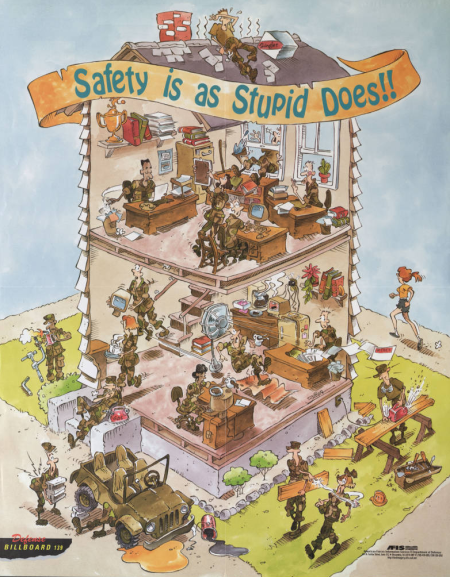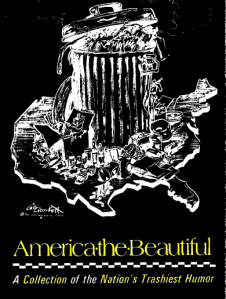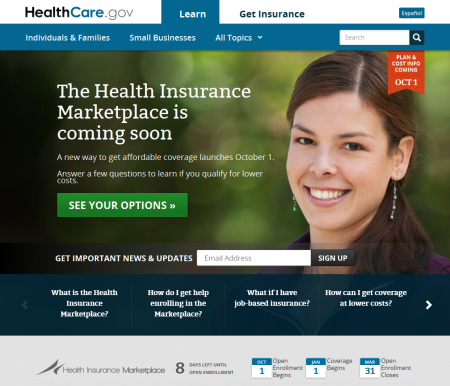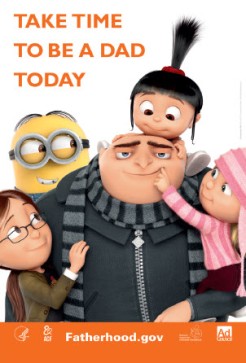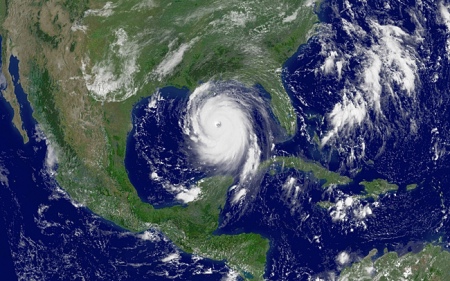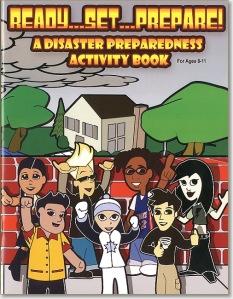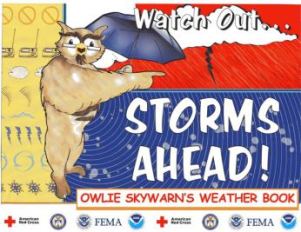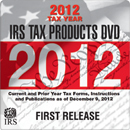National Library Week, reminds all Americans that today’s libraries are no longer just about books, but also about what they do to transform our lives and stir our imaginations. Increasingly, libraries are creative centers where people can share a hobby, use a 3D printer, edit a video, or use software to record their own music. Libraries offer access to the tools, technology and training essential to the economic and cultural lives of their communities.
Libraries don’t discriminate; they are places for all Americans to share. In many communities, libraries are the only resource for families, and especially the youth of America, to experience the wonders of learning and creating.
 The U.S. Government Publishing Office has a deep connection to the libraries across America. The best example: The Federal Depository Library Program, established by Congress in 1813 to ensure Americans have access to the Government’s information. Many of these Federal depository libraries have been working with GPO for more than 120 years to keep Americans informed on the news of their Government.
The U.S. Government Publishing Office has a deep connection to the libraries across America. The best example: The Federal Depository Library Program, established by Congress in 1813 to ensure Americans have access to the Government’s information. Many of these Federal depository libraries have been working with GPO for more than 120 years to keep Americans informed on the news of their Government.
With a dedicated staff of more than 80 individuals working directly on the FDLP, GPO administers the program on behalf of the participating libraries and the public. Information products from the Federal Government are available to these libraries nationwide, ensuring the American public has free access to the materials, in print and online.
Libraries are today more than books. But “the books” remain the heart of learning and the joy of reading. Books are the tangible collection of ideas and experiences that continue to be what fills the back packs of students, and line the shelves of our homes; the constant physical reminders of knowledge just a page away.
Locate a local Federal depository library in your area for free access to a wide range of U.S. Government books, periodicals, electronic resources, maps, and more.
America’s “largest” resource for information and insights into our Federal Government and the services it provides to all Americans is bookstore.gpo.gov. Over four thousand titles await you by simply going online and searching by topic or Federal agency.
Here are a few examples of publications available from the U.S. Government Bookstore:
 One of the U.S. Government’s most accessed publications, the World Factbook is prepared by the Central Intelligence Agency. The Factbook, produced for U.S. policymakers and coordinated throughout the U.S. Intelligence Community, presents the basic realities about the world in which we live. These facts are shared with the people of all nations in the belief that knowledge of the truth underpins the functioning of free societies.
One of the U.S. Government’s most accessed publications, the World Factbook is prepared by the Central Intelligence Agency. The Factbook, produced for U.S. policymakers and coordinated throughout the U.S. Intelligence Community, presents the basic realities about the world in which we live. These facts are shared with the people of all nations in the belief that knowledge of the truth underpins the functioning of free societies.
Global Trends: Paradox of Progress
 Global Trends revolves around a core argument about how the changing nature of power is increasing stress both within countries and between countries, and bearing on vexing transnational issues. The main section lays out the key trends, explores their implications, and offers up three scenarios to help readers imagine how different choices and developments could play out in very different ways over the next several decades. Two annexes lay out more detail. The first lays out five-year forecasts for each region of the world. The second provides more context on key global trends.
Global Trends revolves around a core argument about how the changing nature of power is increasing stress both within countries and between countries, and bearing on vexing transnational issues. The main section lays out the key trends, explores their implications, and offers up three scenarios to help readers imagine how different choices and developments could play out in very different ways over the next several decades. Two annexes lay out more detail. The first lays out five-year forecasts for each region of the world. The second provides more context on key global trends.
HOW DO I OBTAIN THESE RESOURCES?
Shop Online Anytime: You can buy eBooks or print publications —with FREE Standard Shipping worldwide— from the U.S. Government Online Bookstore at http://bookstore.gpo.gov.
- Click here to purchase The World Factbook 2016-17
- Click here to purchase Global Trends: Paradox of Progress
- Click here to purchase Agricultural Statistics 2015 (Paperback)
- Click here to purchase Condition of Education 2015
- Click here to browse our Education & Libraries collection
Shop our Retail Store: Buy a copy of any print editions from this collection at GPO’s retail bookstore at 710 North Capitol Street NW, Washington, DC 20401, open Monday–Friday, 9 a.m. to 4 p.m., except Federal holidays, Call (202) 512-0132 for information or to arrange in-store pick-up.
Order by Phone: Call our Customer Contact Center Monday through Friday, 8 am to 5:30 pm Eastern (except US Federal holidays). From US and Canada, call toll-free 1.866.512.1800. DC or International customers call +1.202.512.1800.
Visit a Federal depository library: Search for U.S. Government publications in a nearby Federal depository library. You can find the records for most titles in GPO’s Catalog of U.S. Government Publications.
About the author: Blogger contributor Ed Kessler is a Promotions Specialist in GPO’s Publication and Information Sales program office.



 Posted by Trudy Hawkins
Posted by Trudy Hawkins 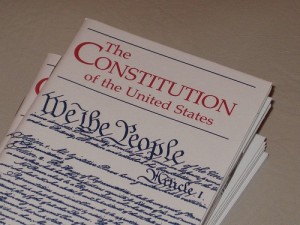

![9780160914461[1]](https://govbooktalk.gpo.gov/wp-content/uploads/2016/03/97801609144611.jpg?w=450)



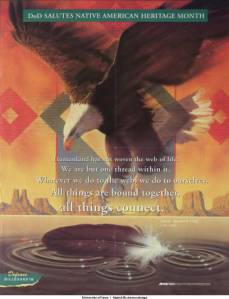









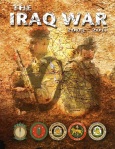
 A Sense of Place: Design Guidelines for Yosemite National Par
A Sense of Place: Design Guidelines for Yosemite National Par You Cannot Surge Trust: Combined Naval Operations of the Royal Australian Navy, Canadian Navy, Royal Navy, and United States Navy, 1991-2003
You Cannot Surge Trust: Combined Naval Operations of the Royal Australian Navy, Canadian Navy, Royal Navy, and United States Navy, 1991-2003 The Warren Commission Report: The Official Report on the Assassination of President John F. Kennedy
The Warren Commission Report: The Official Report on the Assassination of President John F. Kennedy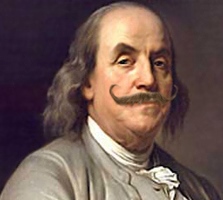
 1)
1) 

